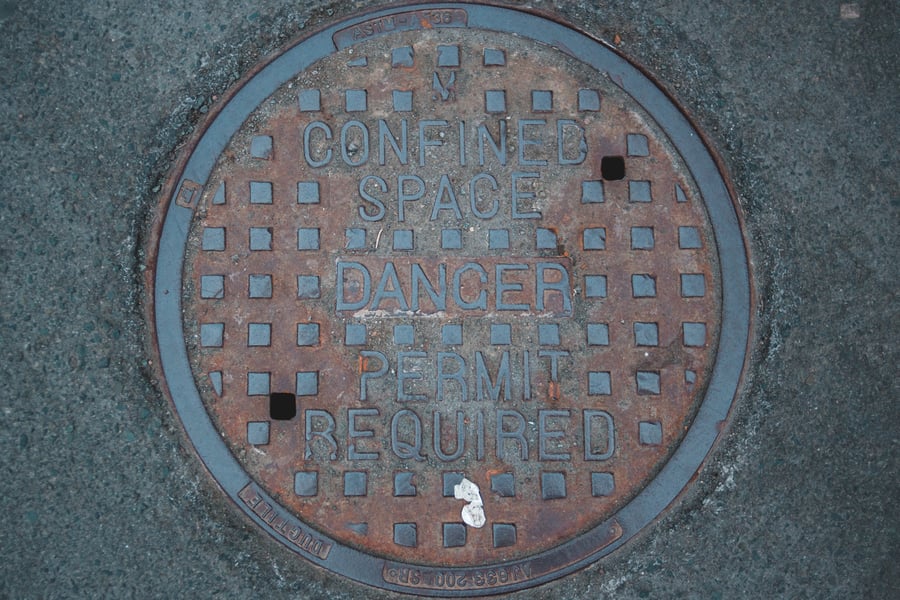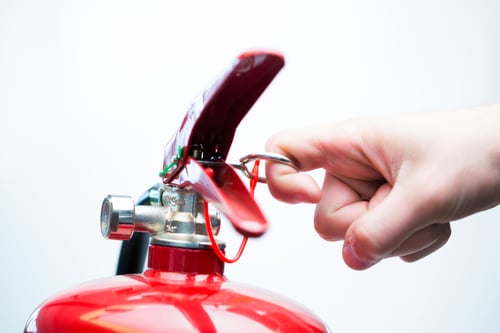
By now your workforce should know the definition of a confined space and how it differs from a permit-required confined space (if you’re behind the eight-ball, please refer to this tip sheet). Employees should also be up to speed on who’s allowed to do what, and what hazards are associated with what roles, but if you’re looking to up your confined space hazard awareness game, hone in on some of these fine details and tricks of the trade.
The only thing that remains the same…
The Greek philosopher Heraclitus once said that “No man ever steps in the same river twice, for it’s not the same river and he’s not the same man”. Processes, temperatures, throughputs and employees all seem to constantly change, so confined spaces should be considered guilty (of being permit-required) until proven innocent (with a systematic and documented process). Evaluating confined spaces on a per-entry basis instead of a per-space basis can help keep employees focused on hazard identification.
De-classification isn’t hazard elimination
One of the difficult aspects of behavioral-based safety is maintaining high-alert and vigilance throughout a project. It can be an exhausting thought exercise, but a critical one, nonetheless. Ensure that employees focus not only on the hazards of the confined space itself, but also on those inherent to the tasks they are performing inside. A space that has been classified as non-permit required can quickly revert back to needing extra oversight if certain equipment or chemicals are introduced.
Consistently reinforce big ideas
If you think you can train a hunting dog once and have it stick, get ready to retrieve your own ducks. Similarly, humans thrive in cultures that consistently reinforce big ideas. To those ends, training is just one example of a work-practice parameter, and the Hierarchy of Controls is not an either-or proposition. Always consider elimination, engineering and PPE in your confined space hazard mitigation process.
It’s not worth monitoring if you aren’t going to do it right
Monitoring the atmosphere in confined spaces with unproven equipment is like driving your two-wheel-drive pickup onto the beach at South Padre. You may have gotten lucky to this point, but you’ll eventually find yourself axle-deep in trouble. Atmospheric monitors need to be calibrated per manufacturer instruction and often need bump testing prior to use. Follow manufacturer instructions to ensure you are giving the equipment enough time to reflect accurate readings in multiple zones of a confined space too.
Stack hands on organizational risk
To be considered permit-required, a confined space will contain a substance that can engulf or entrap, a potentially hazardous atmosphere, inwardly converging walls or a sloping floor, or contain any other serious safety or health hazard. The challenge is that terminology like “potentially” and “serious” can leave room for interpretation- those are discussions that need to be held at the supervisory level with a standard set across your organizational footprint when possible.
The Texas Municipal League Intergovernmental Risk Pool has been helping Texas municipalities and public entities achieve their risk mitigation goals since 1974. For more information on the do’s and don’ts of confined spaces, contact your local loss prevention representative today.



